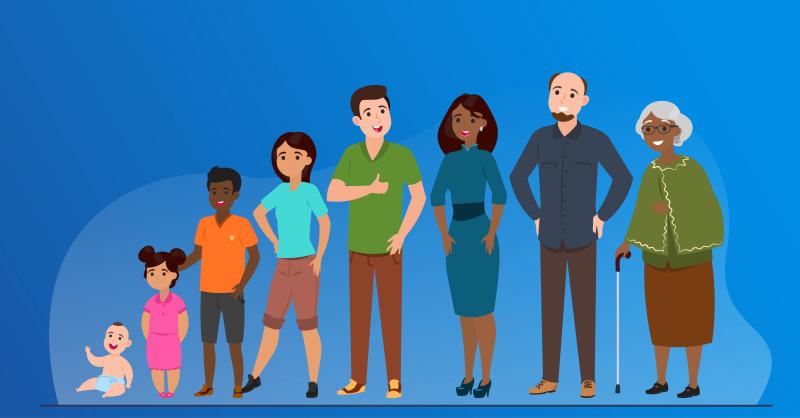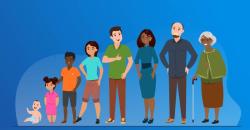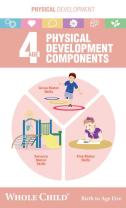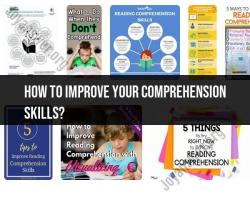What are the stages of physical development?
Physical development refers to the growth and maturation of the body and its systems over time. It involves changes in motor skills, bone and muscle development, and the overall physical well-being of an individual. The stages of physical development can be broadly categorized across the lifespan:
1. Infancy (0-2 years):
- Physical Changes:
- Rapid growth in height and weight.
- Development of basic motor skills like crawling, standing, and walking.
- Fine motor skills development, including grasping objects.
- Key Milestones:
- Rolling over, sitting, crawling, standing, and walking.
2. Early Childhood (2-6 years):
- Physical Changes:
- Continued growth in height and weight.
- Refinement of gross and fine motor skills.
- Development of coordination and balance.
- Improved control over muscles and movements.
- Key Milestones:
- Running, jumping, climbing, drawing, and dressing independently.
3. Middle Childhood (6-12 years):
- Physical Changes:
- Steady growth in height and weight.
- Development of permanent teeth.
- Continued improvement in motor skills, coordination, and strength.
- Gender-specific changes like the onset of puberty.
- Key Milestones:
- Improved sports and physical activity skills.
- Development of fine motor skills for more complex tasks.
4. Adolescence (12-18 years):
- Physical Changes:
- Puberty and rapid growth spurts.
- Development of secondary sexual characteristics.
- Increased muscle mass and bone density.
- Maturation of the reproductive system.
- Key Milestones:
- Establishment of adult-like physical features.
- Achievement of peak physical performance.
- Full development of fine and gross motor skills.
5. Adulthood (18 years and beyond):
- Early Adulthood (18-40 years):
- Stability in height and weight.
- Maintenance of physical fitness and health.
- Peak physical performance in many cases.
- Potential for pregnancy and childbirth (for women).
- Middle Adulthood (40-65 years):
- Gradual changes in muscle mass and bone density.
- Decline in some physical abilities.
- Menopause (for women).
- Focus on maintaining overall health and well-being.
- Late Adulthood (65 years and beyond):
- Gradual decline in muscle mass, bone density, and physical strength.
- Increased vulnerability to certain health issues.
- Changes in mobility and flexibility.
- Focus on maintaining independence and quality of life.
Important Considerations:
Individual Variations: The timing and pace of physical development can vary widely among individuals.
Environmental Influences: Factors such as nutrition, healthcare, genetics, and environmental conditions can significantly impact physical development.
Lifestyle Choices: Healthy lifestyle choices, including regular physical activity and a balanced diet, contribute to optimal physical development across the lifespan.
Healthcare Monitoring: Regular health check-ups and medical monitoring are important to address any concerns related to physical development and overall well-being.
It's important to note that these stages are general guidelines, and individuals may experience variations in their physical development. Additionally, physical development is interconnected with other domains of development, including cognitive, social, and emotional aspects.
What are the recognized phases or milestones in the stages of physical development?
The stages of physical development are marked by recognizable phases or milestones that indicate a child's growth and progress. These milestones are generally observed within certain age ranges, but individual children may develop at their own pace.
Infancy (0-12 months)
Gross motor skills: Rolling over, sitting with support, crawling, pulling to stand, standing with support, cruising, and taking steps
Fine motor skills: Grasping objects, transferring objects from hand to hand, reaching for objects with purpose, and using pincer grasp
Sensory development: Responding to sounds, tracking objects with eyes, following people with eyes, and exploring objects with hands and mouth
Speech and language development: Cooing, babbling, saying first words, and imitating sounds
Toddlerhood (1-3 years)
Gross motor skills: Walking independently, running, climbing, jumping, kicking a ball, and throwing a ball
Fine motor skills: Building towers with blocks, using crayons and markers, scribbling, and using utensils
Sensory development: Sorting objects by color or shape, matching objects, and recognizing familiar faces and objects
Speech and language development: Speaking in two-word phrases, using simple sentences, and understanding simple instructions
Preschool (3-5 years)
Gross motor skills: Running smoothly, jumping over obstacles, catching a ball, and throwing a ball with some accuracy
Fine motor skills: Cutting with scissors, drawing pictures with recognizable shapes, copying letters, and using utensils effectively
Sensory development: Matching objects by color, shape, and size, recognizing letters and numbers, and identifying objects by touch, taste, and smell
Speech and language development: Speaking in complete sentences, using pronouns correctly, and engaging in conversations
School-age (6-12 years)
Gross motor skills: Developing coordination and balance, playing sports, and participating in physical activities
Fine motor skills: Writing neatly, drawing detailed pictures, and using tools and implements with precision
Sensory development: Further refining sensory skills, developing spatial awareness, and understanding concepts of time and distance
Speech and language development: Developing a more complex vocabulary, using grammar correctly, and expressing thoughts and ideas clearly
Adolescence (13-18 years)
Gross motor skills: Experiencing a growth spurt, developing muscle mass, and refining coordination and balance
Fine motor skills: Continuing to develop fine motor skills, participating in activities that require dexterity and precision
Sensory development: Further developing sensory skills, refining spatial awareness, and understanding abstract concepts
Speech and language development: Developing a more nuanced understanding of language, using figurative language, and expressing oneself with confidence




